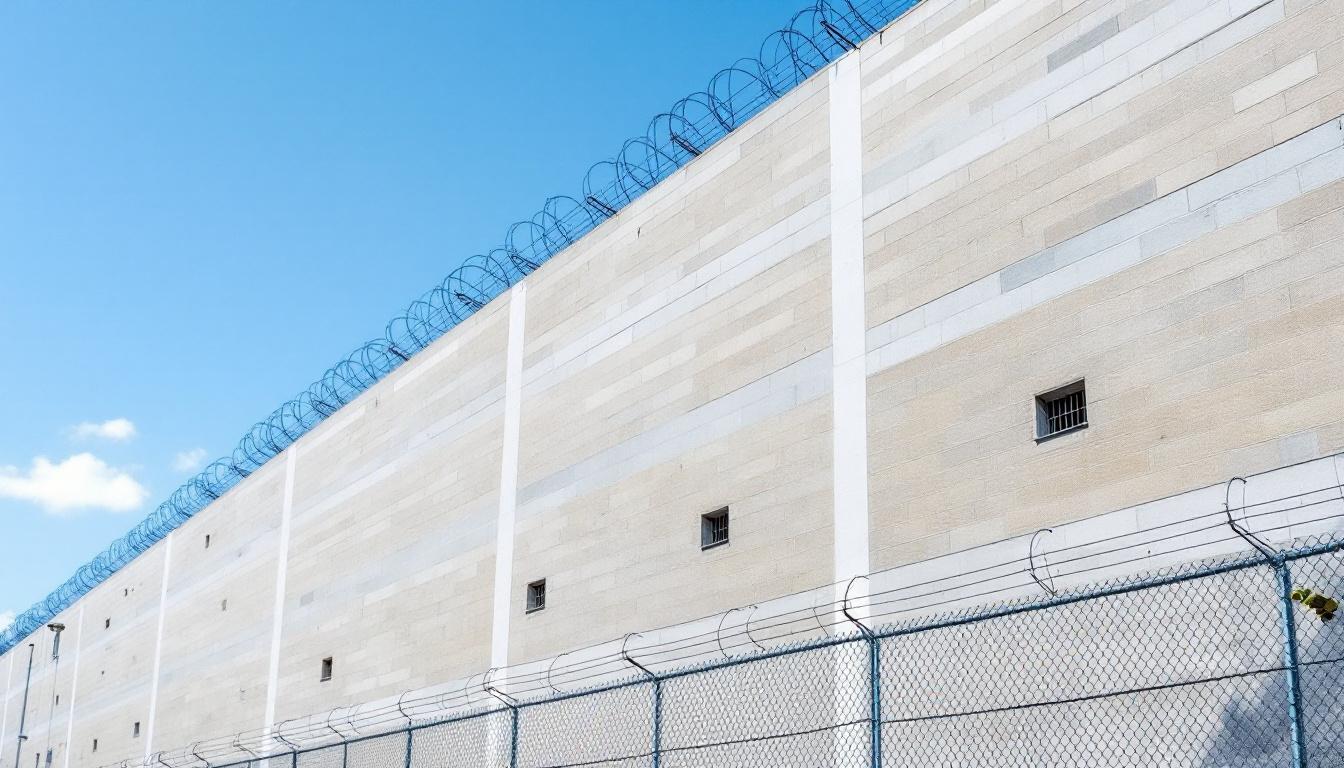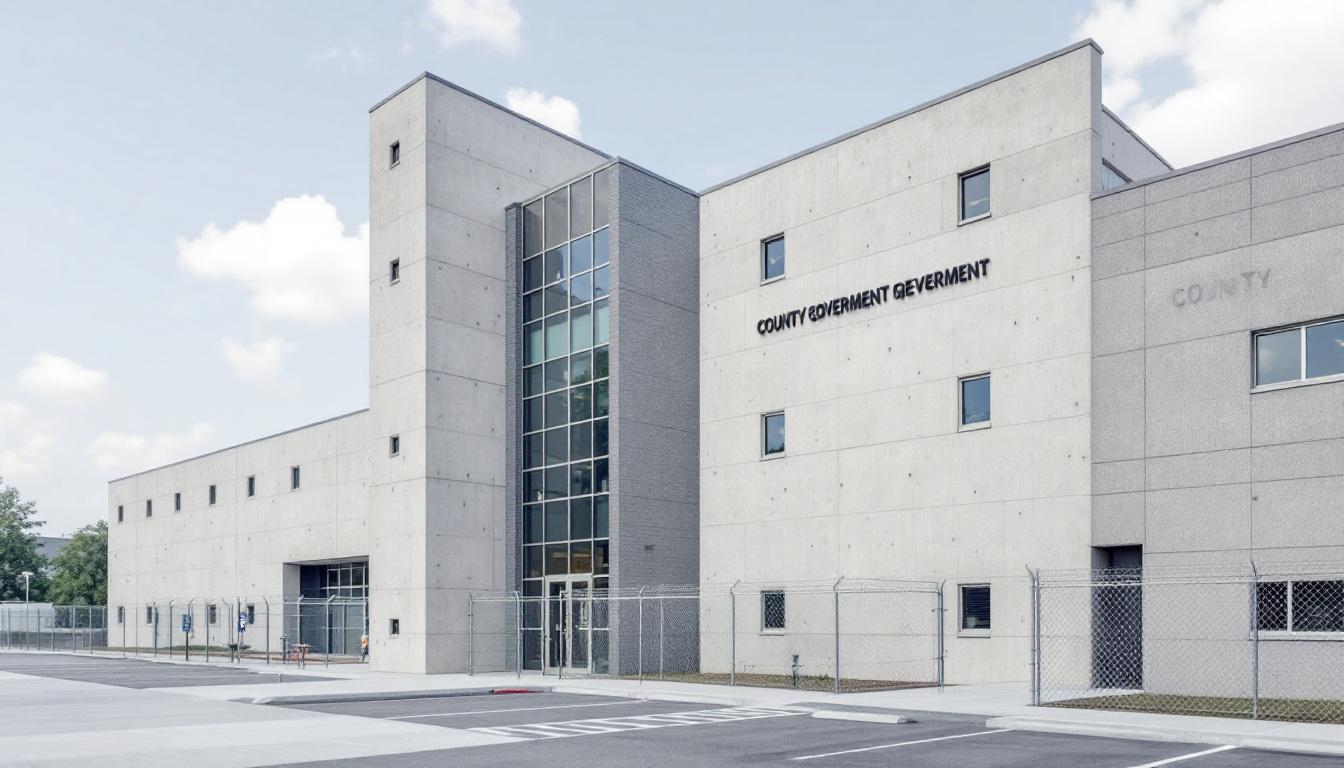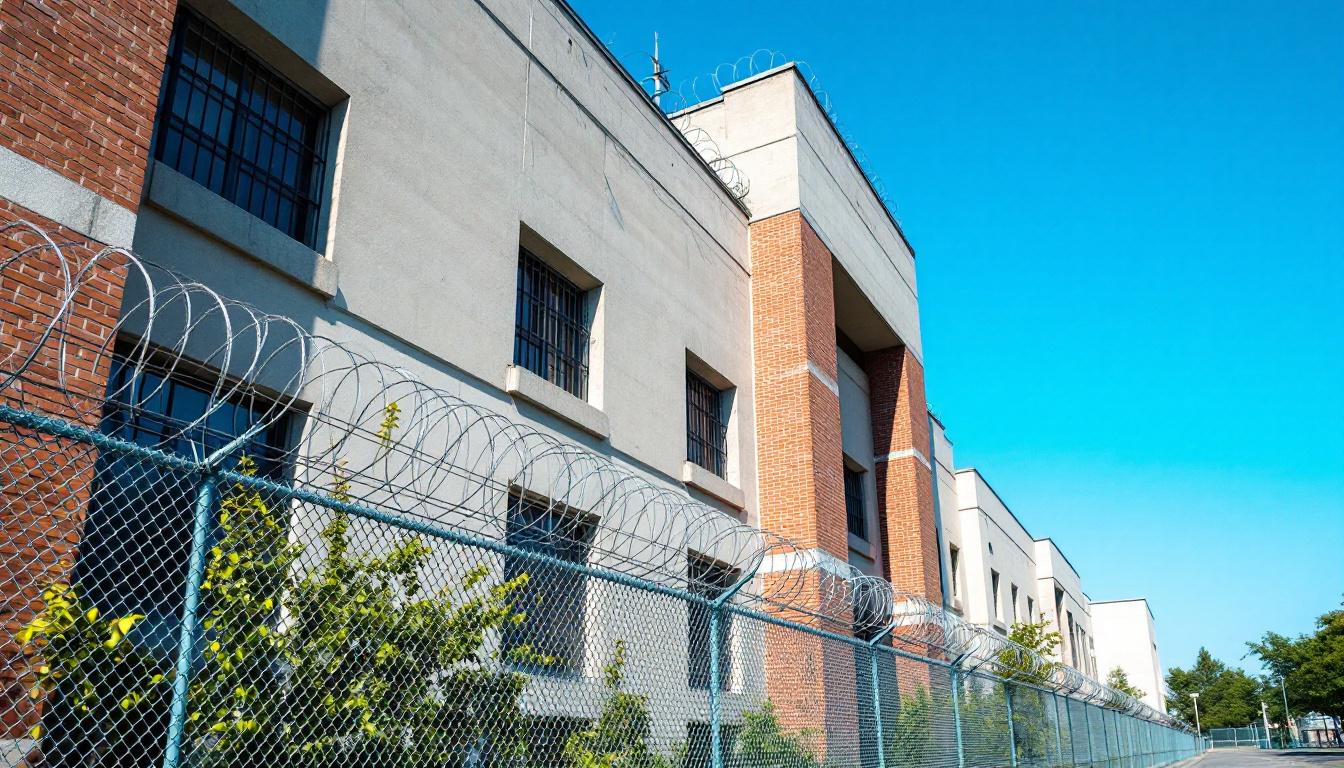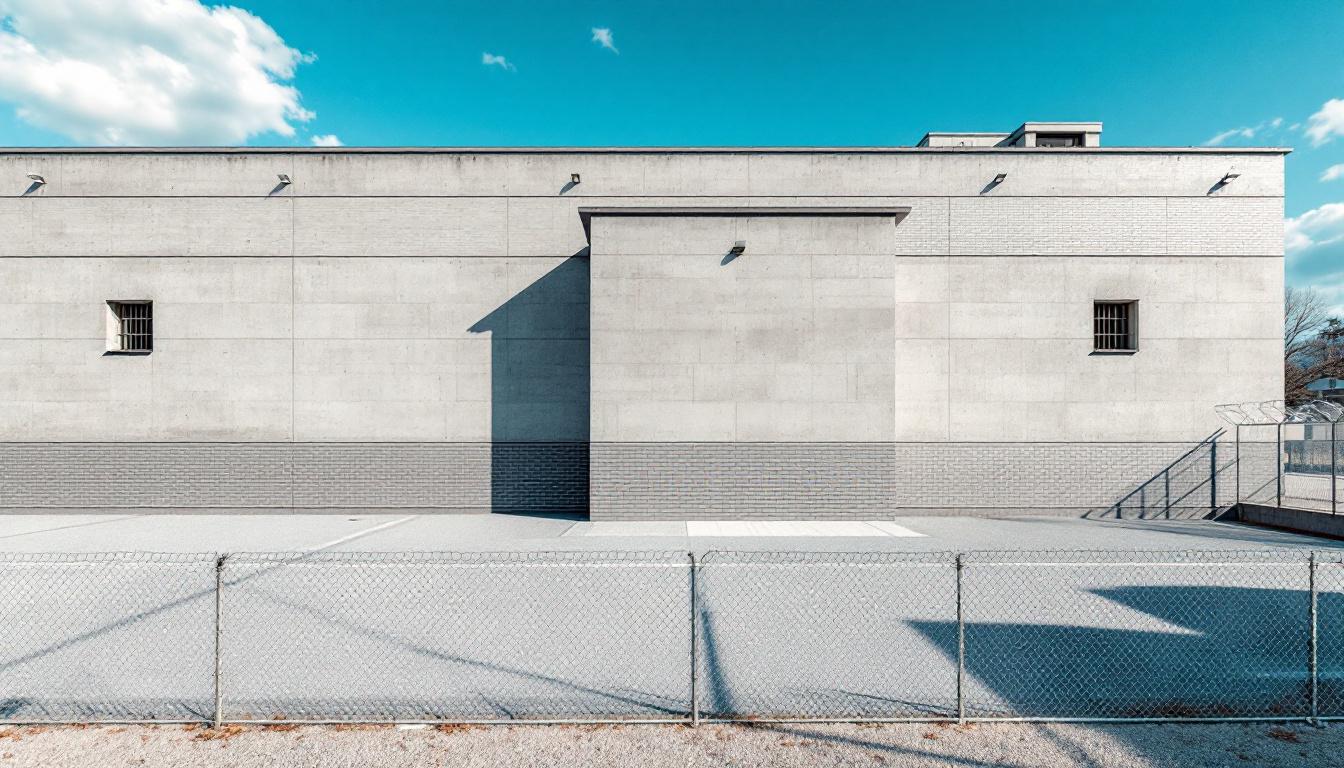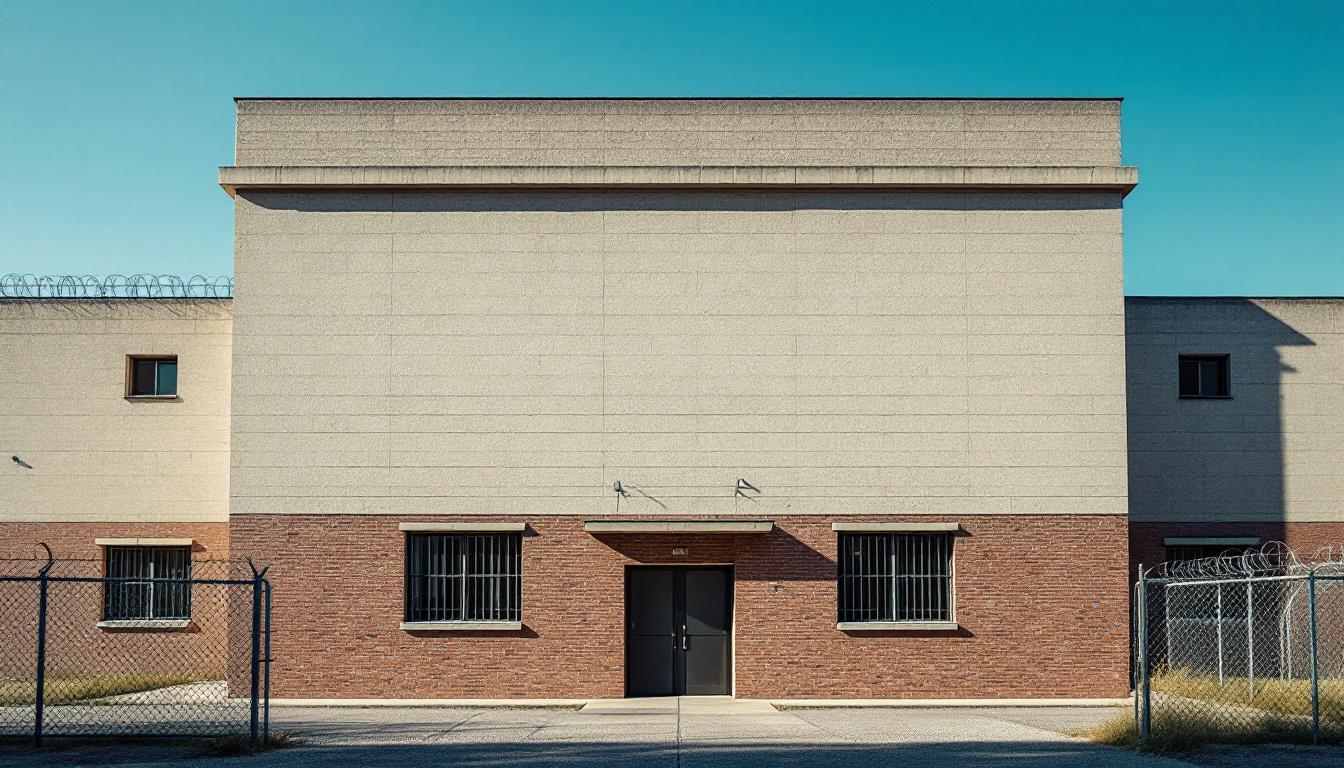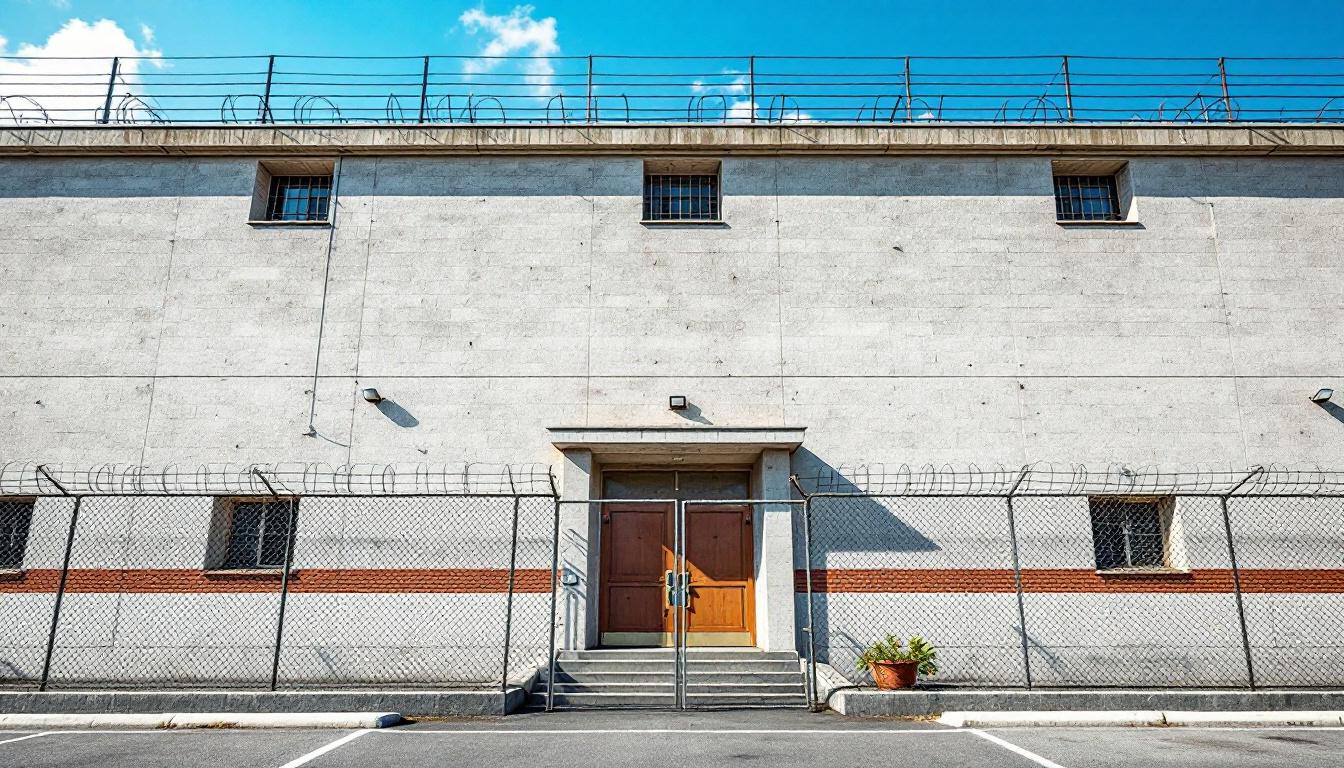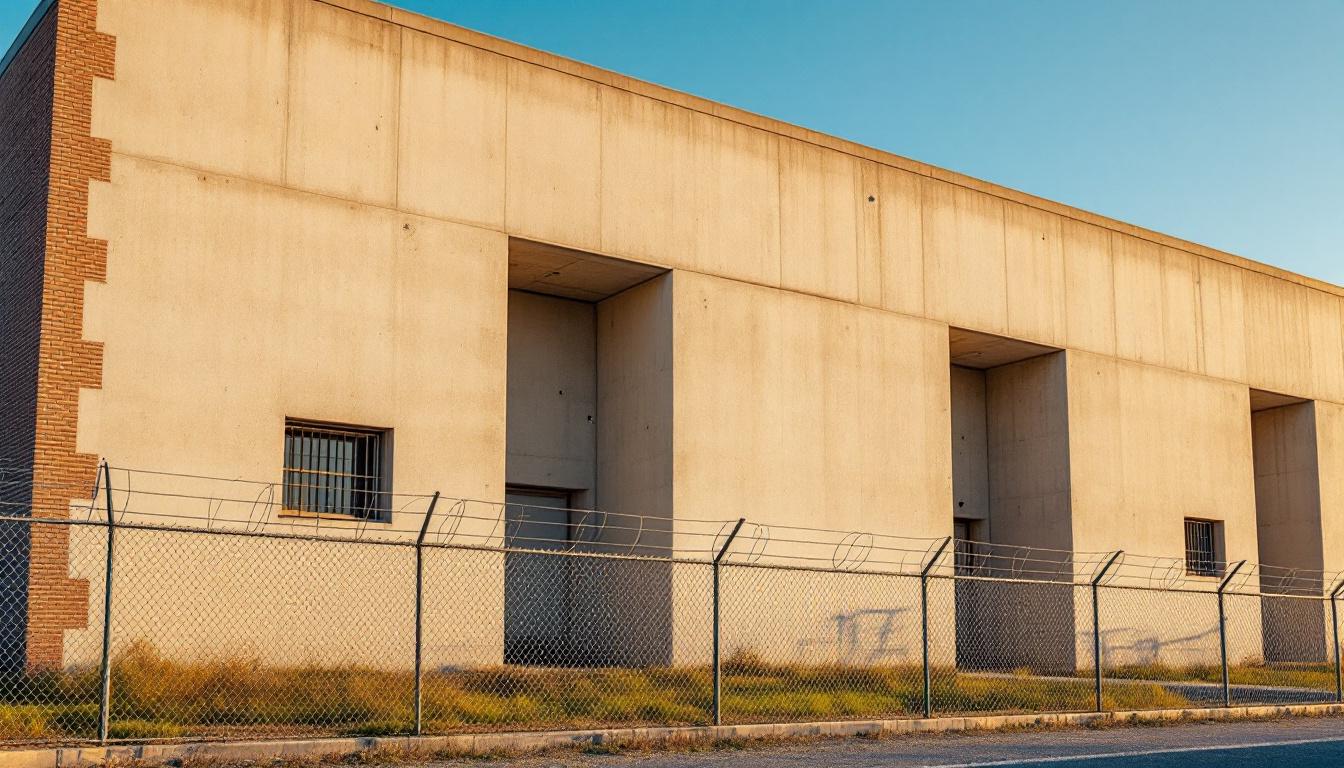
Quick Navigation
How to contact an inmate at Williamson County Jail
This comprehensive guide will walk you through how to connect with an inmate at Williamson County Jail. Follow the steps below to find an inmate and send letters and photos:
- Search for the inmate using our search tool below
- Create your account or log in to Penmate
- Write your message (up to 6,000 characters)
- Send instantly - inmates receive printed copies daily
Find an Inmate
Search for an inmate to start communicating today
Tip: You can search by first name, last name, or inmate ID number
To contact a person at Williamson County Jail start by searching for the person on the official facility website. Perform a search by following these steps:
- Step 1: Enter their first name and last name into the search form and click "Search"
- Step 2: Locate their inmate record
- Step 3: Write down their Inmate ID and any housing information provided
Important! Be sure to enter the person's full name. Nicknames should not be used.
How to Send Messages to Inmates

You can use your phone or computer to send emails, letters, and photos to an inmate. Messages are sent electronically to inmate tablets or kiosks at the facility. If you would like to send a message, start by searching for an inmate at Williamson County Jail.
Sending Photos and Postcards

A great way to send love and support to a loved one at Williamson County Jail is to send photos and postcards. It only takes a few minutes to send photos from your phone and it makes a huge difference. You can also mail postcards with words of support and inspiration, or design your own postcard for special moments like birthdays and holidays.
Important! Be sure not to send any explicit photos or they may not be approved by the facility. You can also use a photo printing app like Penmate to make sure your photos are printed at the correct size (4x6 or 3x5) and are mailed according to the rules and regulations of Williamson County Jail.
Frequently asked questions about Williamson County Jail
-
How long does it take to deliver a message?
If you're sending an email message your letter is usually delivered within 24-48 hours. For messages sent via mail you should expect delivery within 3-7 days. All messages will need be approved by Williamson County Jail.
-
How much does it cost to send a message to Williamson County Jail?
You can send a message free using your phone or mail a message via USPS for the price of a $0.60 stamp and envelope. You can also purchase credits or e-stamps from services starting at $1.99.
-
What services can I use to contact an inmate at Williamson County Jail?
Penmate
You can use Penmate to send letters and photos to an inmate from your phone. It's an easy way to stay in touch during your loved one's incarceration. Use the inmate locator to find an inmate's location and contact information, then you can send messages within a few minutes.
Securus messaging
Securus may be another option for communicating with an inmate at Williamson County Jail. You can create a friends and family account and purchase credits to send messages. All messages will be reviewed and must be approved by the facility.
JPay
Some county jails and state prisons may support sending messages with JPay. You must register an account with the system, find your loved one, and purchase stamps to send messages. For some locations you can also attach photos.
Smart Jail Mail
You may also check if Smart Jail Mail is available at Williamson County Jail. Smart Jail Mail is operated by Smart Communications and has contracted with some state and county jails. After purchasing credits, your messages and photos are sent to the facility, printed out, and then handed out to your loved one.
-
What is the mailing address of Williamson County Jail?
Mailing address:
Williamson County Jail
306 W 4th St
Georgetown, TX 78626
Phone: (512) 943-1365 -
What are the visiting hours at Williamson County Jail?
Visiting hours at Williamson County Jail vary by housing unit and security level. Generally, visits are scheduled on weekends and holidays, with some facilities offering weekday visits. Contact the facility directly at (512) 943-1365 or check their website for the current visiting schedule. Visits typically last 30-60 minutes and must be scheduled in advance.
-
What items are prohibited when sending mail to Williamson County Jail?
Prohibited items typically include: cash, personal checks, stamps, stickers, glitter, glue, tape, staples, paperclips, polaroid photos, musical or blank greeting cards, hardcover books, magazines with staples, and any items containing metal or electronics. Only send letters on plain white paper with blue or black ink. Photos must be printed on regular photo paper (no Polaroids). Always check with Williamson County Jail for their specific mail policies.
-
How do I send money to an inmate at Williamson County Jail?
You can send money to an inmate at Williamson County Jail through several methods: 1) Online using JPay, Access Corrections, or the facility's approved vendor, 2) Money orders mailed directly to the facility with the inmate's name and ID number, 3) Kiosks located in the facility lobby, or 4) Over the phone using a credit or debit card. Fees vary by method, typically ranging from $2.95 to $11.95 per transaction.
-
Can I schedule a video visit with an inmate at Williamson County Jail?
Many facilities now offer video visitation as an alternative to in-person visits. At Williamson County Jail, video visits may be available through services like Penmate, Securus Video Connect, GTL, or ICSolutions. Video visits typically cost $10-20 for 20-30 minutes and must be scheduled in advance. You'll need a computer or smartphone with a camera and reliable internet connection. Contact the facility for their specific video visitation policies and approved vendors.
-
What identification do I need to visit an inmate at Williamson County Jail?
All visitors must present valid government-issued photo identification such as a driver's license, state ID, passport, or military ID. Minors must be accompanied by a parent or legal guardian who can provide the minor's birth certificate. Some facilities require visitors to be on the inmate's approved visitation list, which may require a background check. Contact Williamson County Jail for specific ID requirements and visitor approval procedures.
-
How can I find out an inmate's release date?
To find an inmate's release date at Williamson County Jail, you can: 1) Use the online inmate search tool if available, 2) Call the facility's records department, 3) Contact the inmate's case manager or counselor, or 4) Have the inmate provide this information during a call or visit. For privacy reasons, some facilities only release this information to immediate family members.
Facility Overview
Official Website

About Williamson County Jail
Educational workshops, vocational training opportunities, and substance abuse counseling typically form the foundation of services available to individuals housed at Wilco Jail in Pinellas Park, TX. This county correctional facility generally operates within Texas's broader network of local detention centers, focusing on both secure housing and preparation for successful community reintegration. The facility may offer various programs designed to address underlying issues that often contribute to criminal behavior, while maintaining the safety and security standards expected of TX correctional facilities.
Located in Pinellas Park, the facility serves as an important component of the regional justice system throughout this area of Texas. Community partnerships often play a vital role in supporting rehabilitation efforts, with local organizations frequently collaborating to provide educational resources, job training assistance, and mental health services. These collaborative relationships typically help bridge the gap between incarceration and successful return to community life, recognizing that effective correctional practices extend beyond secure detention to encompass meaningful preparation for release.
The geographic positioning of Wilco Jail within Pinellas Park allows for convenient access by family members and legal representatives, while also facilitating connections with regional service providers and potential employers. Like many county facilities across Texas, this correctional center generally emphasizes the importance of maintaining family relationships and community ties during incarceration, understanding that these connections often prove crucial for long-term success following release.
Programs & Services
The breadth of developmental opportunities available to individuals reflects a comprehensive approach to personal growth and community reintegration. This multifaceted framework typically encompasses educational advancement, skill development, and therapeutic support services designed to address various aspects of personal development. The facility's programming philosophy emphasizes practical preparation for successful community reentry while addressing underlying factors that may have contributed to incarceration.
Educational and vocational opportunities form a cornerstone of the facility's comprehensive offerings. Individuals may participate in vocational training programs that often focus on marketable skills in trades and technical fields. These hands-on learning experiences typically provide participants with industry-relevant knowledge and certifications that can enhance employment prospects upon release. Furthermore, work programs may offer practical experience in facility operations, allowing individuals to develop workplace skills, responsibility, and a structured routine that mirrors employment expectations in the community.
Therapeutic and support services complement the educational components through targeted interventions and personal development opportunities. Anger management sessions may provide individuals with essential conflict resolution skills and emotional regulation techniques. Faith-based initiatives often serve as sources of spiritual guidance and community connection for those seeking such support. Additionally, library services typically offer access to educational resources, recreational reading materials, and research opportunities that support both formal learning objectives and personal enrichment goals throughout an individual's time at the facility.
Daily Life & Visitation
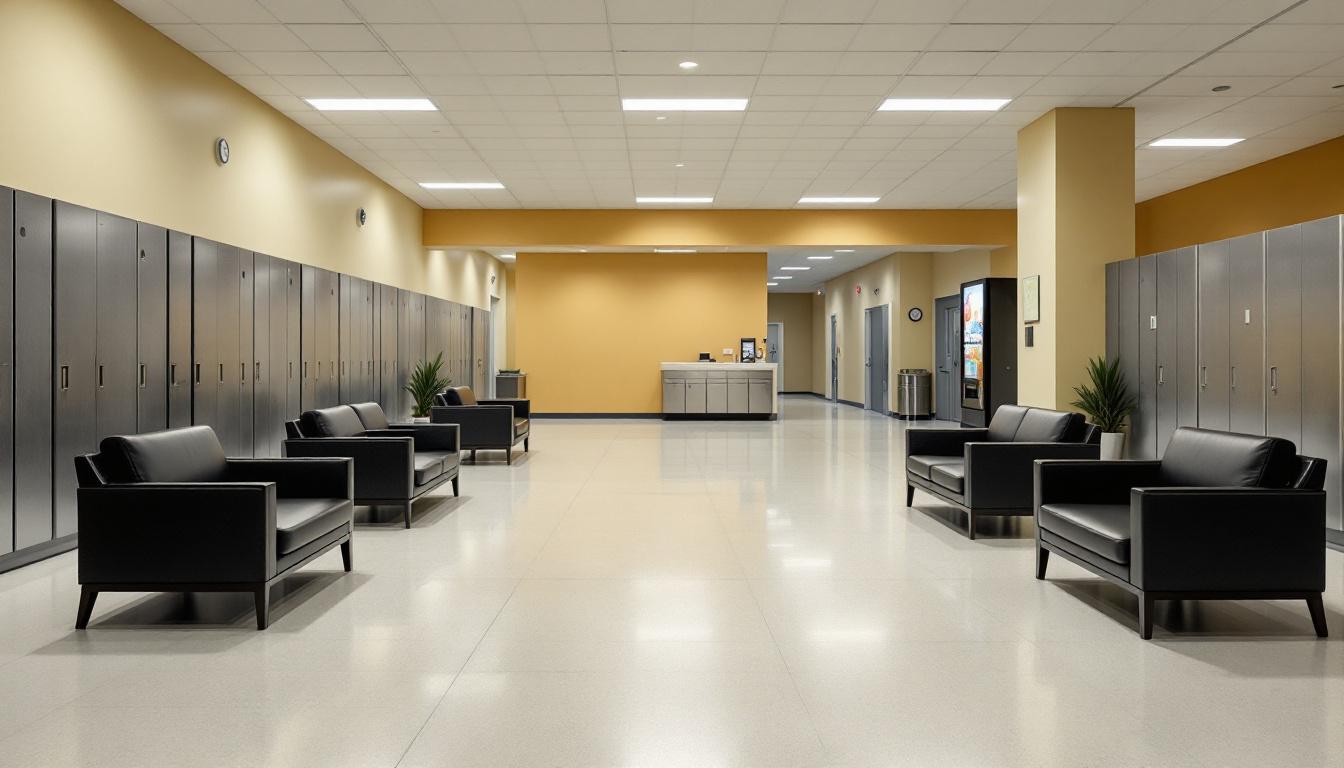
The sound of meal carts rolling down corridors now marks the rhythm of daily life for individuals housed within the facility. Each day typically begins with early morning counts, followed by structured meal times that bring residents together in common areas. The routine generally includes regular headcounts, scheduled programming, and designated times for various activities that offer structure throughout the day.
Living accommodations at the facility typically consist of shared housing units where individuals may be assigned to cells or dormitory-style arrangements. Personal property is usually limited to essential items, and residents often have access to commissary services where they can purchase additional necessities and approved comfort items. Although space may be limited, individuals generally receive basic bedding, hygiene supplies, and storage areas for their belongings.
Furthermore, the facility typically offers various programs and activities designed to provide meaningful engagement during incarceration. Recreation opportunities may include outdoor exercise time, indoor fitness activities, and organized sports when available. Work assignments often provide individuals with daily responsibilities that can include kitchen duties, facility maintenance, or administrative support roles. Family connections remain important, and the facility generally provides visitation opportunities and telephone access, allowing individuals to maintain contact with their support systems. Although visiting schedules and communication options may have specific guidelines, these connections typically play a crucial role in helping individuals maintain relationships with loved ones during their time at the facility.
Ready to Connect?
Start communicating with your loved one today
Search for an Inmate
